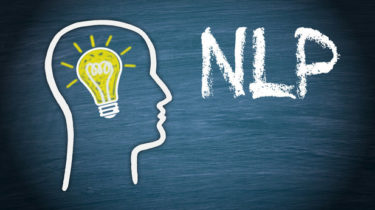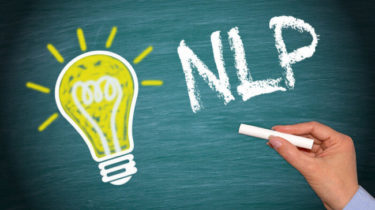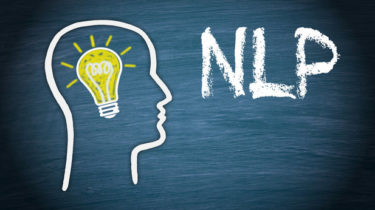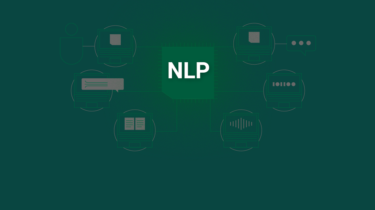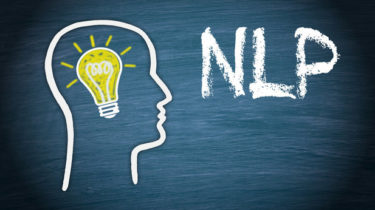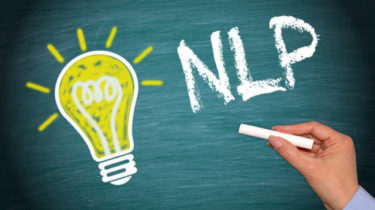Used to format docstrings in Python files or reStructuredText
Style-Doc Style-Doc is Black for Python docstrings and reStructuredText (rst). It can be used to format docstrings (Google docstring format) in Python files or reStructuredText. Installation Style-Doc is available at the Python Package Index (PyPI). It can be installed with pip: $ pip install style-doc Usage $ style-doc –help usage: style-doc [-h] [–max_len MAX_LEN] [–check_only] [–py_only] [–rst_only] files [files …] positional arguments: files The file(s) or folder(s) to restyle. optional arguments: -h, –help show this help message and exit –max_len […]
Read more
